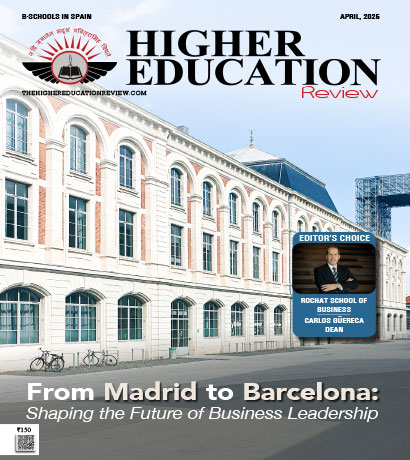Media Education Needs More Scholarly Attention

Sarath Shyam, Managing Editor
Although, journalism education in the country made its beginning even before India became independent, it was in the 1960s and 1970s that Indian Universities started offering journalism with a degree nomenclature. In the following decades, several newspapers and magazines came into being, radio and televisions started expanding and finally, the digital media surged with the penetration of internet and smartphones. Now, the concept of mass media has arrived in the real sense of the term. However, mass media education as a field of enquiry has not gained much scholarly attention among pupils and pedagogues in our society like other fields.
We, as individuals in the society, need to understand that media, while providing entertainment, also passes information, cultural knowledge and values that persuade how the general population come to view themselves, certain social groups and gender roles. Indeed, any sort of media are capable of manoeuvring a person's conceptions and perceptions of the social environment. One such example is the use of social media platforms to propagate certain information in a way an individual or an origination needs. With the initiation of such platforms, we have a situation where anybody can be a citizen journalist to publish any kinds of news without worrying about the after effects. With better media literacy, however, an individual can take on a critical, analytical and evaluative perspective, as well as use media to contribute to the production and communication of knowledge.
Now, in the era of new media, how can we further improve the pedagogy of media education in India? Is it possible for us to create an education model that can exploit the wide possibilities of media literacy for a larger democratic goal of strengthening governance, democratizing communication, civic participation and especially participation of all individuals equally in all matters that concern them? Media education today, therefore, has a far greater responsibility than it had ever before. It has to meet the demands of a different world that changes its values every day. Let it move in any direction. But, in the end, the contemporary media education should be able to produce people who can make contents more vital, not viral.
In this issue, we focus on the foremost educational institutes providing quality education in media and entertainment under the banner "Top 20 Promising Media and Mass Communication Colleges in India 2018." On the cover, we feature, M S Ramaiah College of Arts, Science and Commerce, one of the premier education institutes in the country for media studies.
Enjoy Reading.
We, as individuals in the society, need to understand that media, while providing entertainment, also passes information, cultural knowledge and values that persuade how the general population come to view themselves, certain social groups and gender roles. Indeed, any sort of media are capable of manoeuvring a person's conceptions and perceptions of the social environment. One such example is the use of social media platforms to propagate certain information in a way an individual or an origination needs. With the initiation of such platforms, we have a situation where anybody can be a citizen journalist to publish any kinds of news without worrying about the after effects. With better media literacy, however, an individual can take on a critical, analytical and evaluative perspective, as well as use media to contribute to the production and communication of knowledge.
Now, in the era of new media, how can we further improve the pedagogy of media education in India? Is it possible for us to create an education model that can exploit the wide possibilities of media literacy for a larger democratic goal of strengthening governance, democratizing communication, civic participation and especially participation of all individuals equally in all matters that concern them? Media education today, therefore, has a far greater responsibility than it had ever before. It has to meet the demands of a different world that changes its values every day. Let it move in any direction. But, in the end, the contemporary media education should be able to produce people who can make contents more vital, not viral.
In this issue, we focus on the foremost educational institutes providing quality education in media and entertainment under the banner "Top 20 Promising Media and Mass Communication Colleges in India 2018." On the cover, we feature, M S Ramaiah College of Arts, Science and Commerce, one of the premier education institutes in the country for media studies.
Enjoy Reading.

